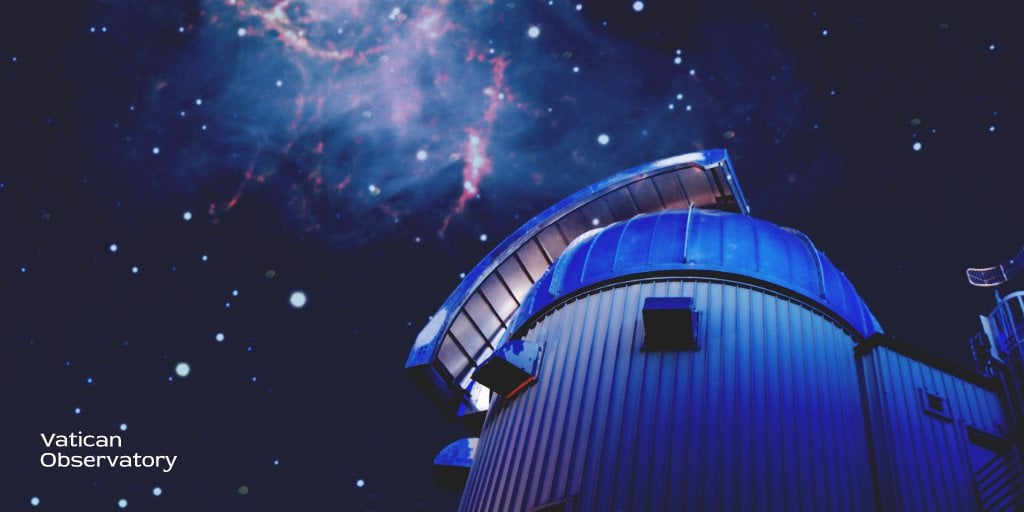Even before the 1800s, the Papacy has founded many observatories dedicated to astronomical science. Now, the Vatican Observatory serves as one of the oldest active research institutions in the world.
The Vatican Observatory had always unified science and the Church, even before its modernization in 1891. Now, it strives to spread awareness of its existence in the name of Pope Leo XIII’s ambition.
The Vatican Observatory
The Vatican Observatory is one of the oldest research institutions in the world devoted to the science of astronomy. Modernized in 1891 by Pope Leo the XIII, it serves the purpose of demystifying the rumor that the Church does not believe in science.
So that everyone might see clearly that the Church and her Pastors are not opposed to true and solid science, whether human or divine, but that they embrace it, encourage it, and promote it with the fullest possible devotion.
Pope Leo XIII
Situated near Rome, Castel Gondolfo, at the papal summer residence, is the location of the headquarters of the esteemed Vatican Observatory. They also have a research center at the University of Arizona, Tucson, United States. The Steward Observatory, the Vatican Observatory Research group uses an Alice P. Tennon Telescope coordinated with the Thomas J. Bannan Astrophysics Facility. Together, these two constitute the Vatican Advanced Technology Telescope or the VATT.
Jesuit priests comprise most of the research astronomers in the international staff of the Vatican Observatory. The international personnel comes from different continents of the world, with various cultures and nations working together. (Source: Vatican Observatory)
The Origins of the Institution
The earliest recorded precursor of the establishment of the Vatican Observatory is the committee established by Pope Gregory XIII in 1852 to unite empirical scientific and mathematical data to the reforms done to the calendar.
Since then, the Church was more and more engrossed with the science and study of astronomy. From the 1770s to the 1870s, the Papacy constructed three observatories. These institutions were the Observatory of the Roman College that spanned 1774 to 1878, the Observatory of the Capitol from 1827 to 1870, and the Specola Vaticana from 1789 to 1821.
Father Angelo Secchi, a Jesuit working at the Roman College, revolutionized the interstellar studies of the Papacy when he organized the stars according to their specific spectra. The deep history of the Papacy and its contribution to the astronomical sciences became a valid basis of the Church accepting science. With that, Pope Leo XIII re-established the Specola Vaticana, now known as the Vatican Observatory, situated at a hillside near St. Peter’s Basilica. (Source: Vatican Observatory)
The Current Mission of the Observatory
The Vatican Observatory now launched its new website as part of its goal to spread the awareness of the Vatican embracing the field of science. The newly updated website now contains hundreds of sources about faith and science.
The mission of the Vatican Observatory, articulated by Pope Leo XIII back in 1891, is to show the world that the Church supports science. And while we’ve done a pretty good job of doing the science, I know we’ve been less successful at ‘showing the world.
Jesuit Br. Guy Consolmagno
They observed that most people didn’t know the existence of the Vatican Observatory, which became one of the primary motivators of the Vatican Observatory. The team of the Vatican Observatory has dedicated their time to developing their website ever since early 2020. (Source: Denver Catholic)
